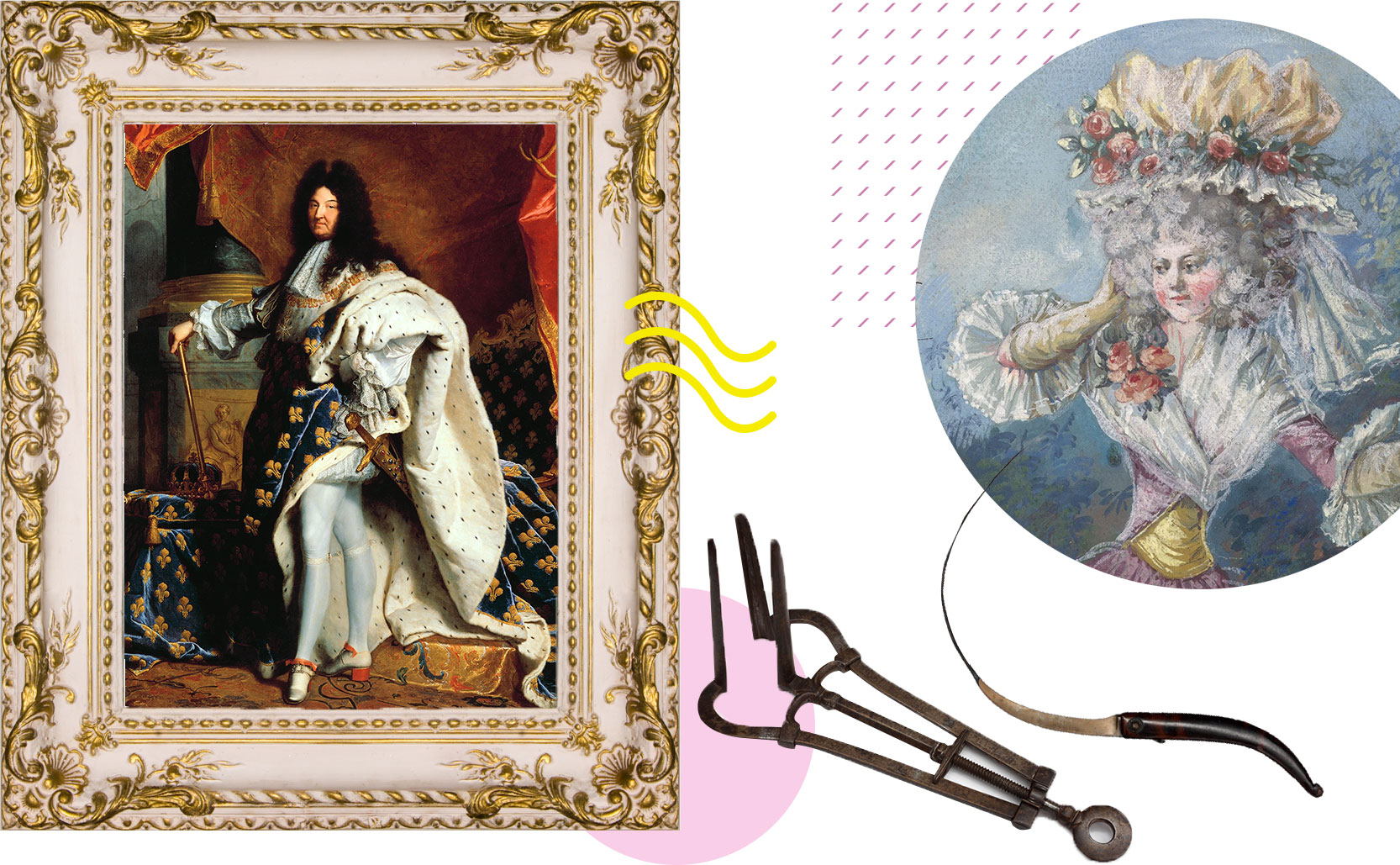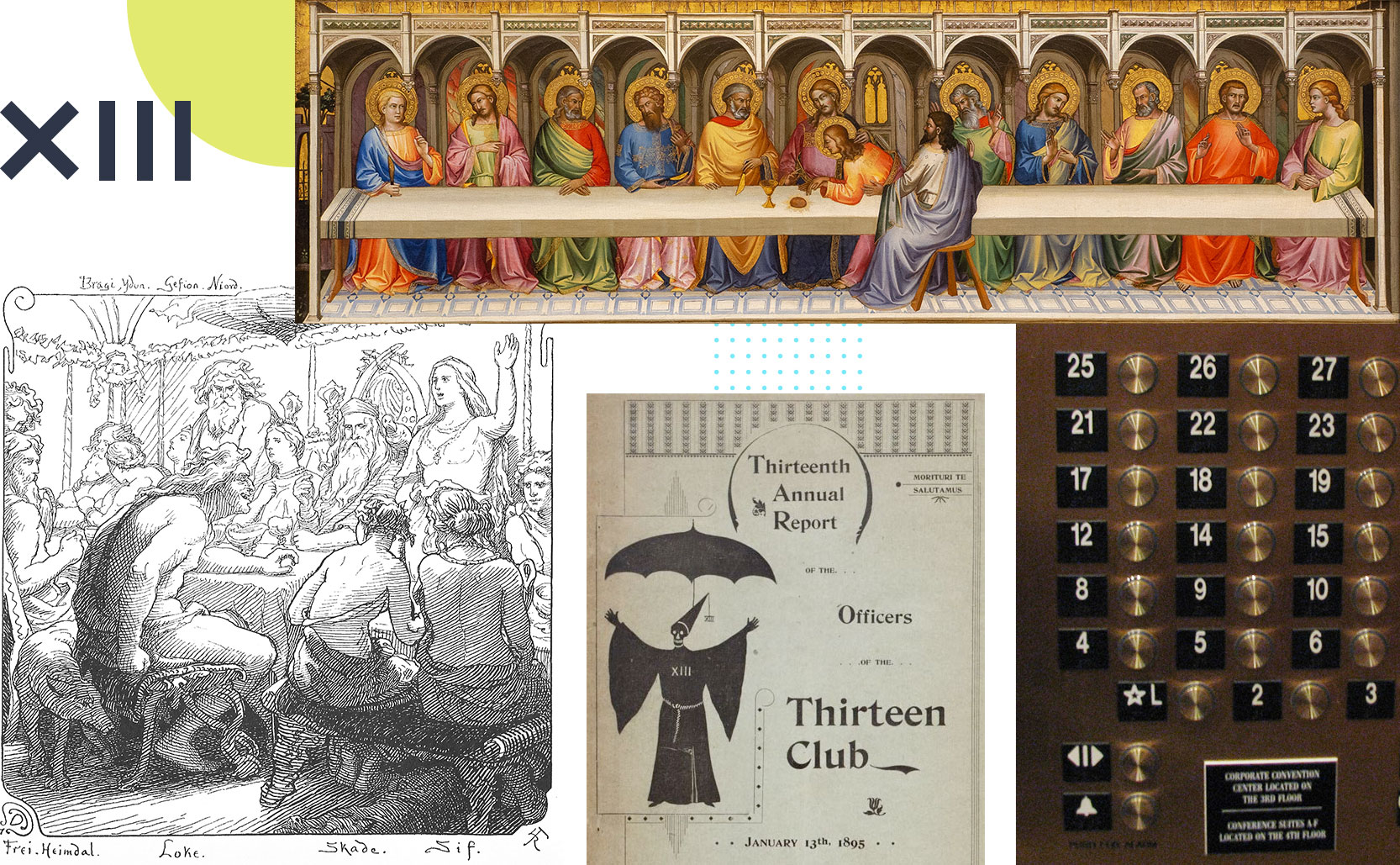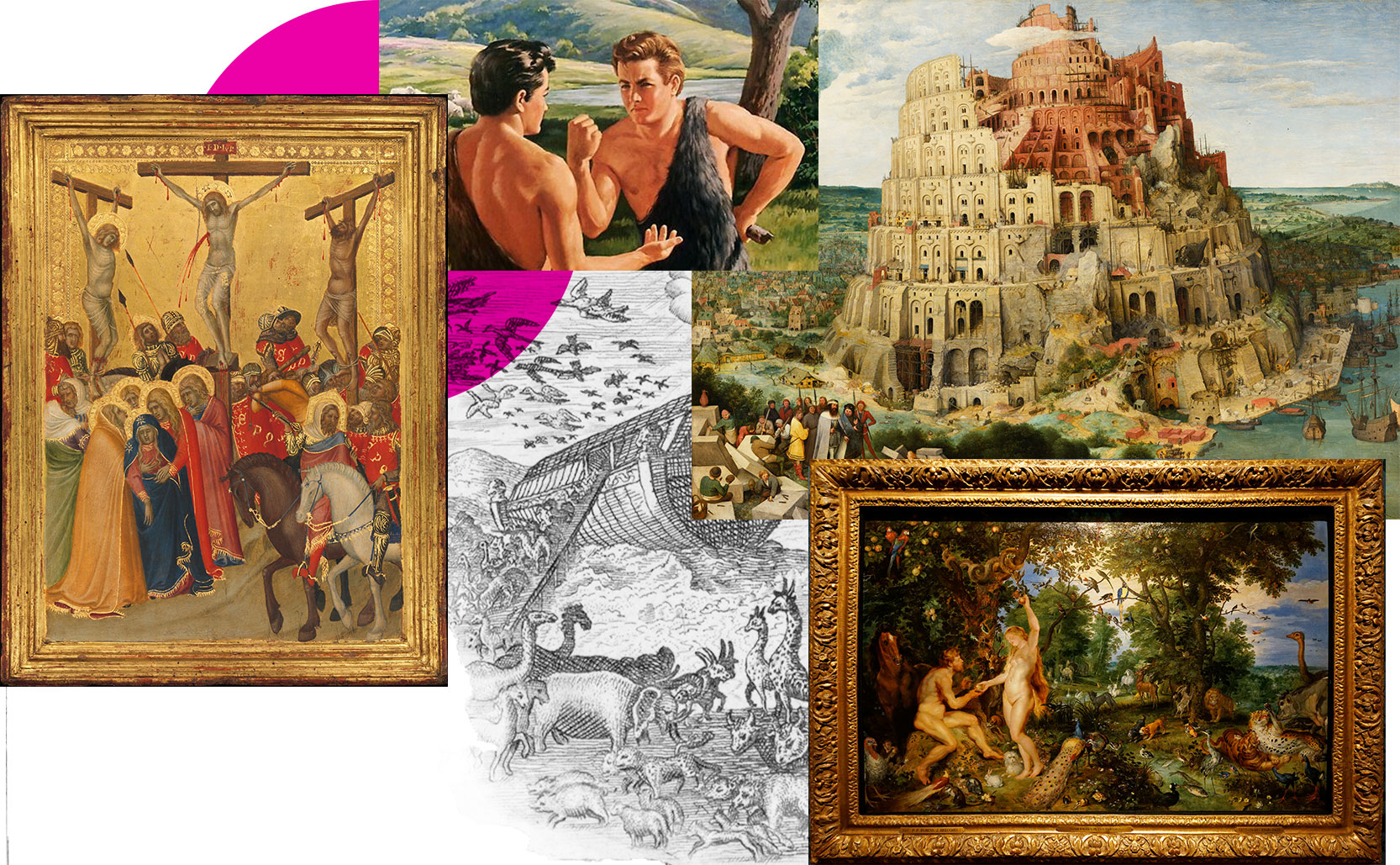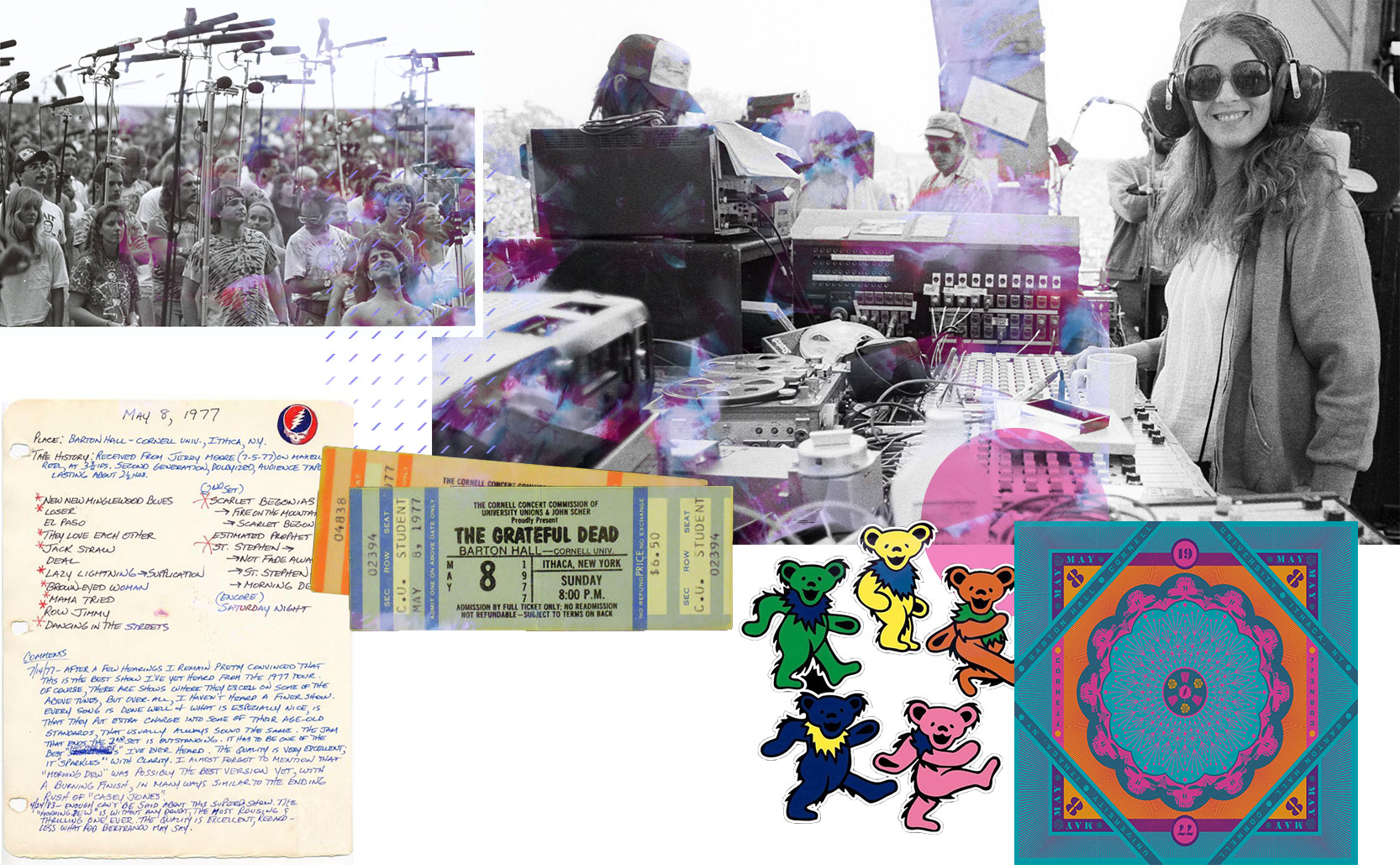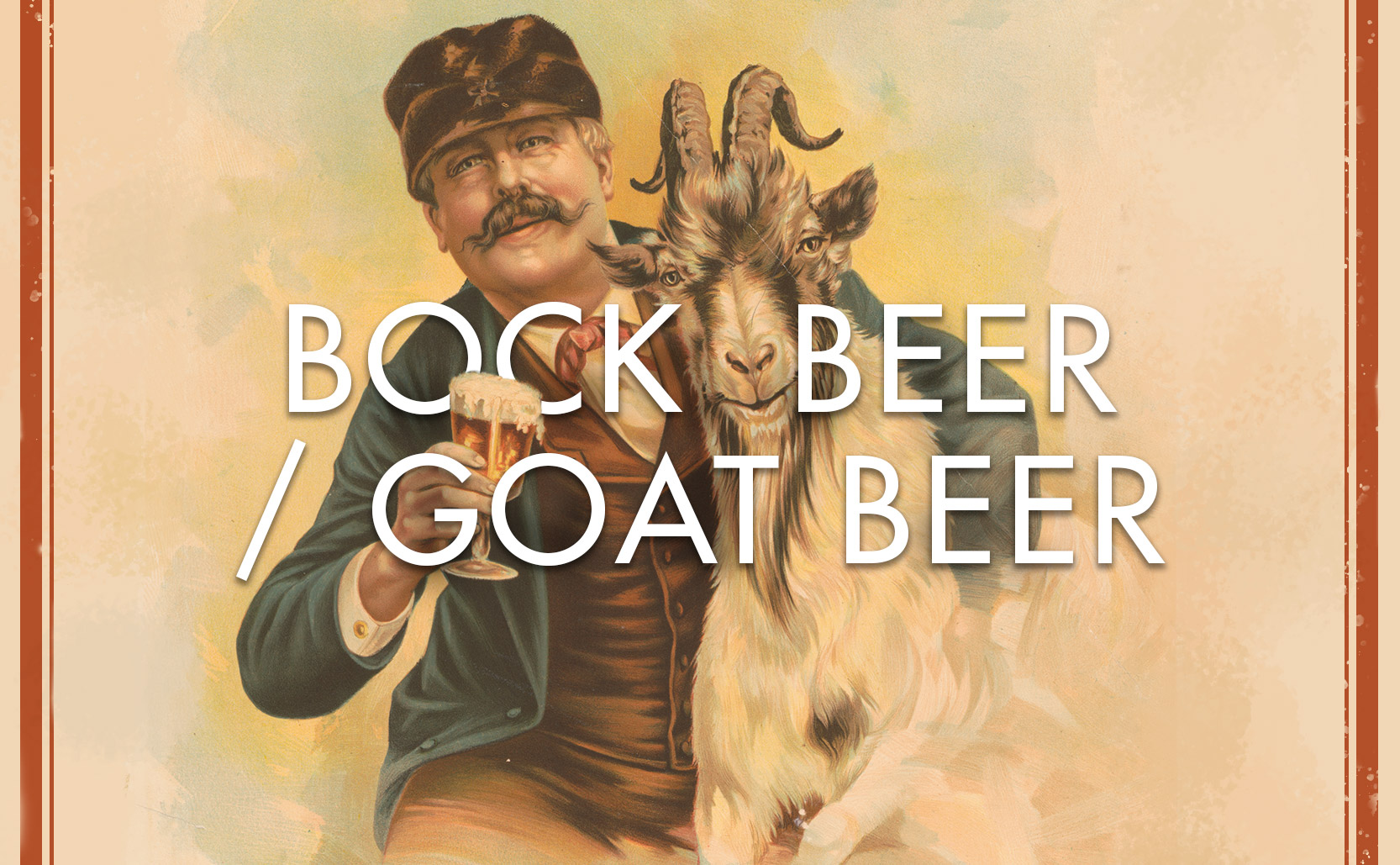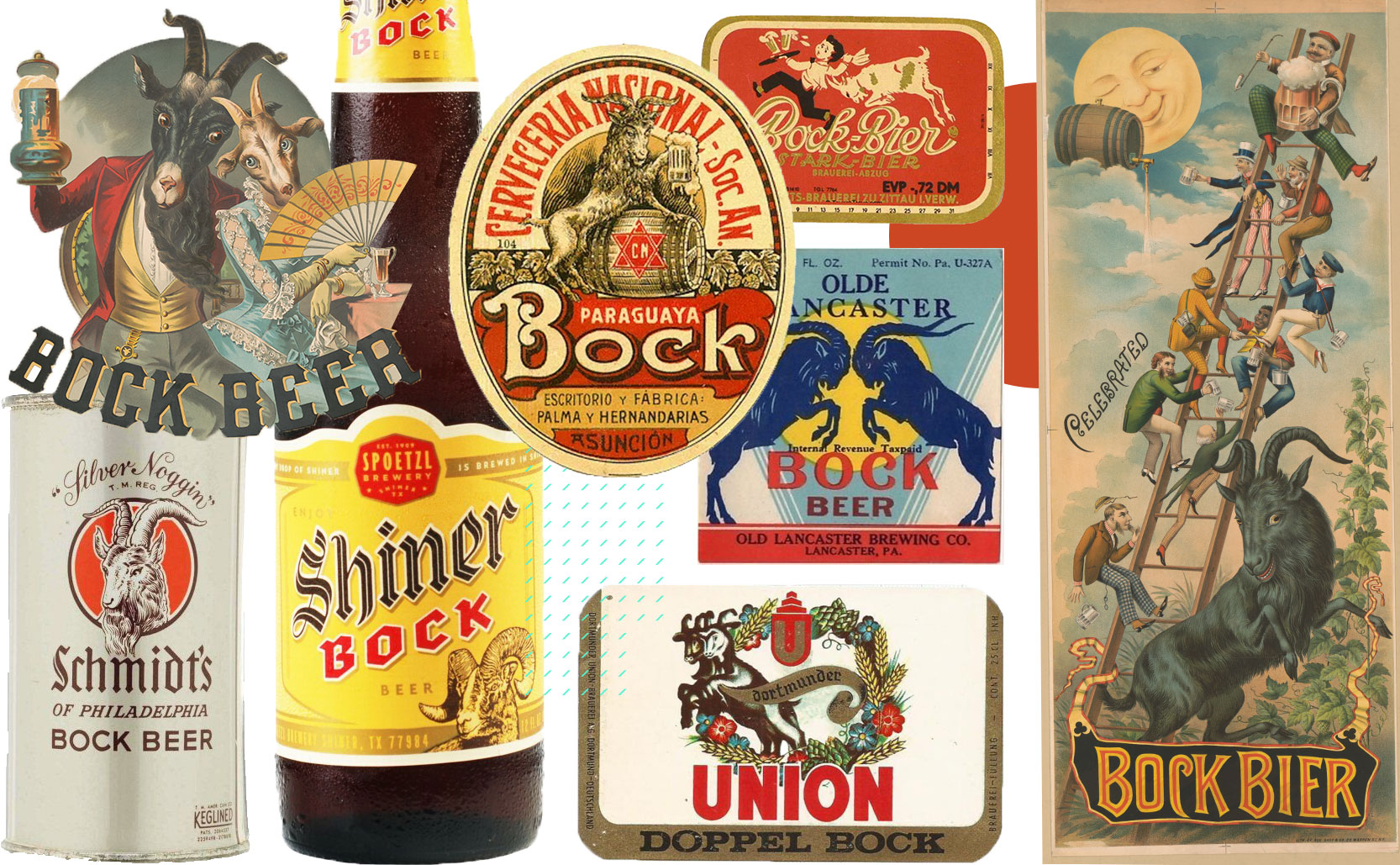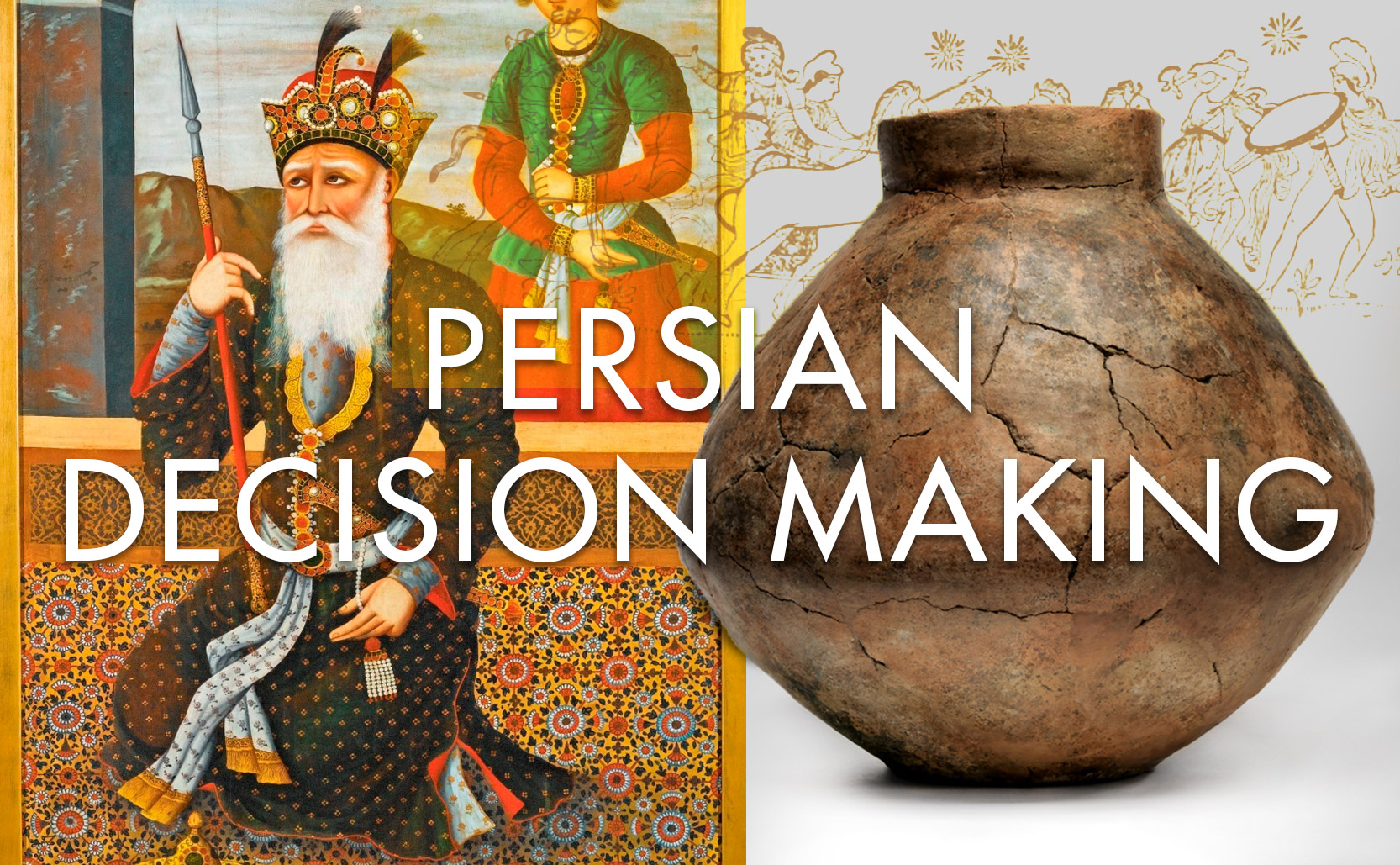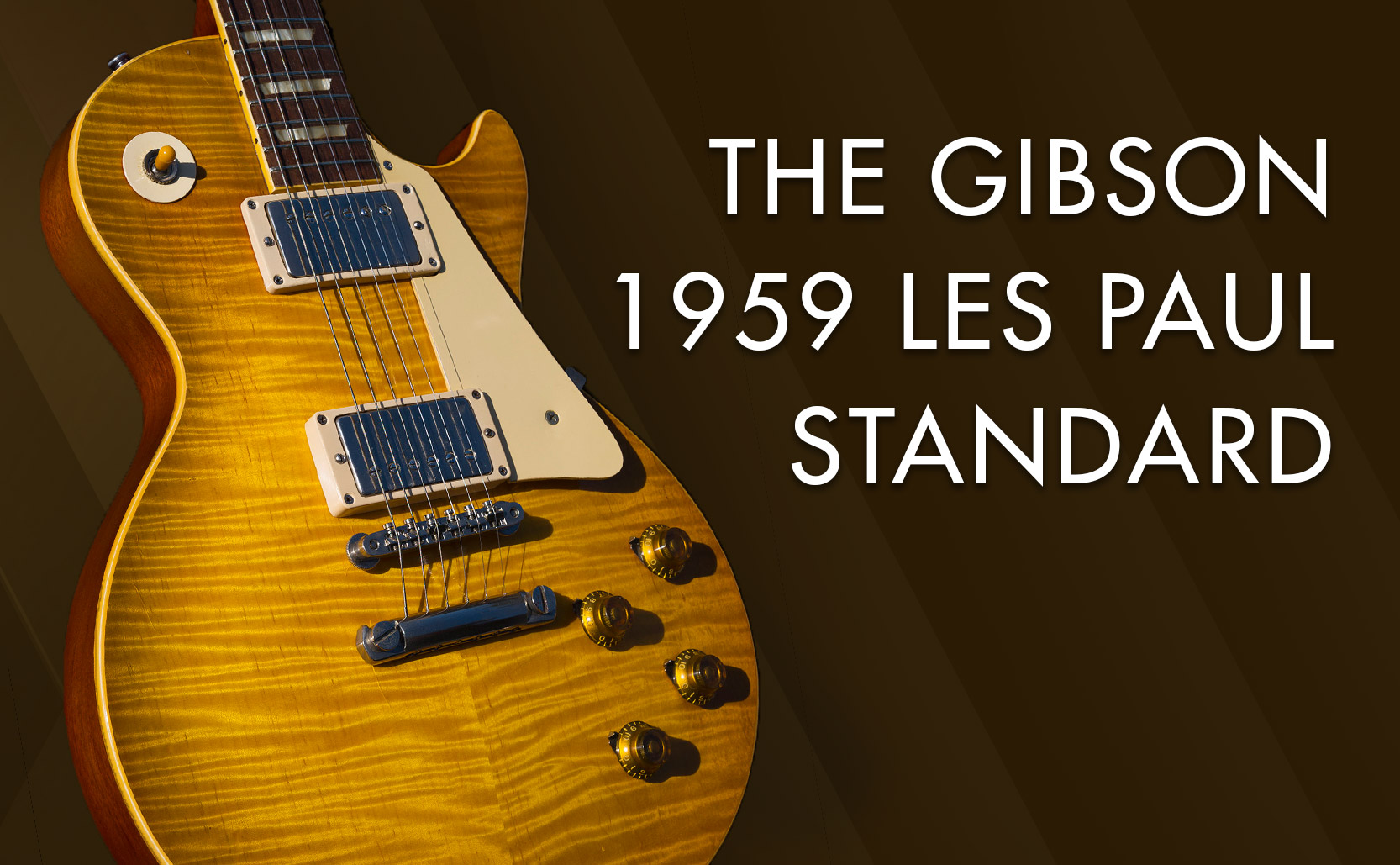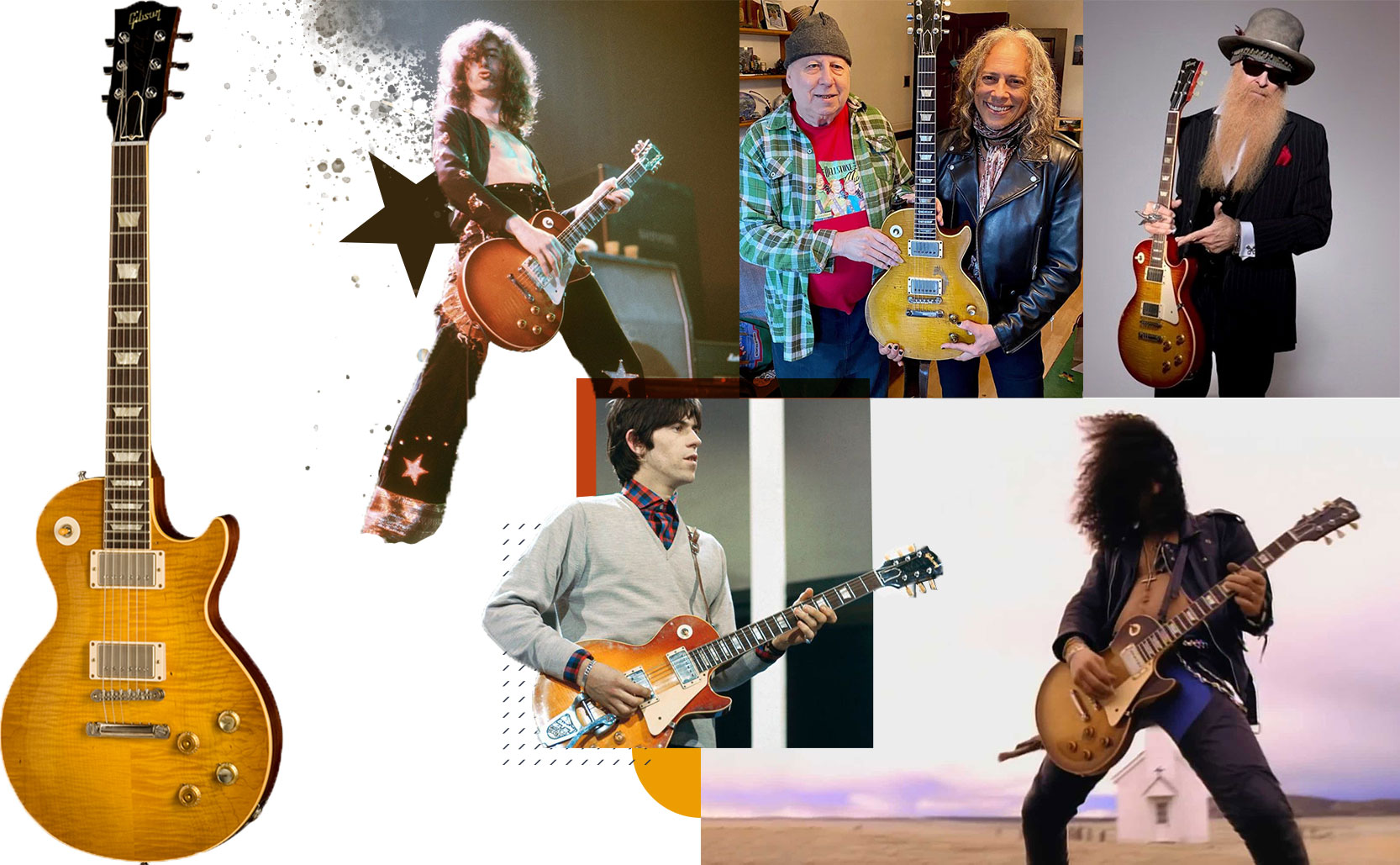Color Blindness
The visual condition that changes what colors you see, which is mostly found in men and is mostly hereditary.
To start, being color blind almost never means someone is blind to color, as if they’re living in a black & white movie. “Color blind” usually just means someone doesn’t see the full spectrum of colors like the rest of us. To understand color blindness we have to understand two concepts: light and our eyes.
Let there be light
The colors that we see are photons moving at different wavelengths/frequencies. They’re part of the electromagnetic spectrum. The full electromagnetic spectrum ranges from Gamma rays (the shortest, highest frequency waves – quite dangerous) to radio waves (the longest, lowest frequency waves – not so dangerous). What we call visible light is radiation in a particular range of wavelengths. Within this bandwidth the colors of violet and blue have the shortest wavelengths while oranges and reds have the longest. Through evolution we have developed two small biological machines capable of detecting this range of wavelengths … our eyes.

Doctor My Eyes
Our retinas have two kinds of photoreceptive cells: rods and cones. Rods see light & dark while cones see color. We have about 120 million rods per eye and but only 6-7 million cones per eye. Instead of just one kind of cone cell we have three and each kind is tuned to a certain range of wavelengths (short, medium, and long). To put it another way, our three kinds of cone cells are each tuned to see certain ranges of colors – blues (short), greens (medium), reds (long).
Bringing it all together, color blindness is when one (or more) of your cone cell types are either defective or missing entirely. The result is that you are unable to properly see certain wavelengths of colors.
Color Blindness
Why does color blindness happen? While color blindness can be an acquired condition most of the time it’s genetic. The most common forms of color blindness are carried on the X chromosome and because men only have one X chromosome, if it’s defective they’re out of luck. This is why men are more commonly color blind than women. Women have two X chromosomes so a functioning X chromosome will compensate for a defective one. As a result around 8% of men are color blind compared to only around 0.5% of women. That said color blindness isn’t evenly distributed across men – it has a higher prevalence amongst Caucasian men than other ethnicities.
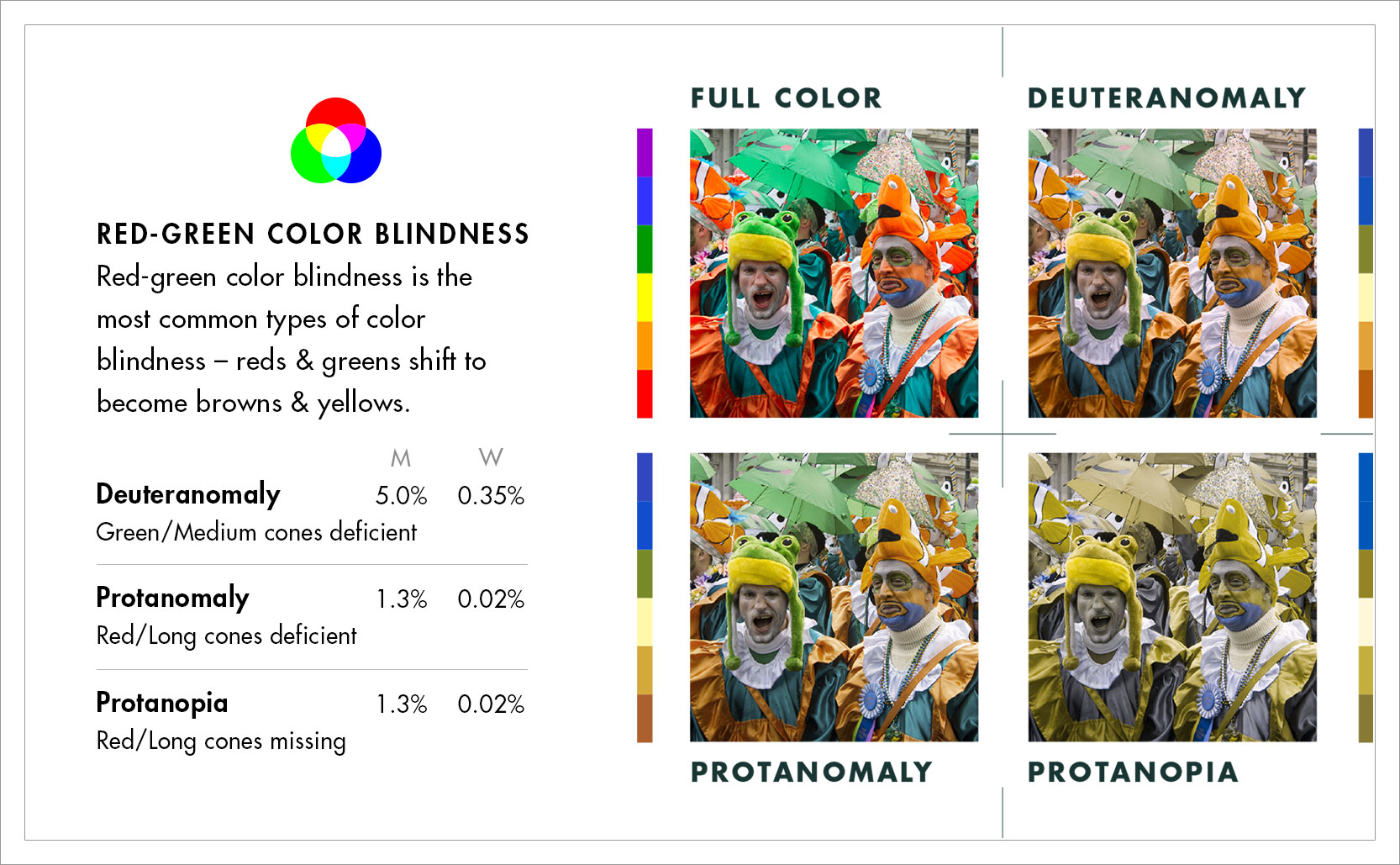
Because cones come in three varieties, and those cones can be defective or absent, the various combinations of factors means there are many forms of color blindness. The most common type is “red-green” color blind (which is a few kinds grouped together) where reds and greens aren’t seen properly and shift to look more like yellows and browns. This is the result of the medium and long (green and red) cone cells being defective or absent. Red-green color blindness accounts for about 99% of all color blindness with about 1 in 12 men and 1 in 200 women having it.
Blue-yellow color blindness is where blues and greens aren’t seen properly. It’s also genetic but it’s not carried on the X chromosome so men and women are affected relatively evenly. It’s quite rare – around 0.01% of men and women are blue-yellow color blind.
Are you seeing what I’m seeing?
The effects of color blindness range from the benign to the dangerous. Accidentally wearing clothes that don’t match can be embarrassing but confusing “stop” for “go” on a traffic light can be dangerous. Color blind individuals can have difficulty determining the ripeness of fruits & vegetables. They can see sports jerseys as similar and have difficulty tracking games. The designer shorthand that red means error/bad while green means success/good (the traffic light analogy) can make a variety of safety features, dashboards, and websites more difficult to use. One positive is that color blind individuals may be better at detecting camouflage.
What do other animals see?
The concept of “color blindness” is relative. What most humans consider normal is not what most bees would consider normal, or dogs, or any other species. So when people say that most other animals are color blind, it’s just that they can’t see the same spectrum of colors that humans normally see.
To start, most mammals are red-green color blind (which to them is normal). They tend to only have two cone cell types, lacking the third we have to see a wider range of colors. So when a dog can’t find the green tennis ball in the green grass, it’s probably because they really can’t see it (especially if it has stopped rolling). Dogs rely on movement to distinguish between things more than we do. That said dogs have more rods than humans so when it seems like they’re looking at something in the dark, and you can’t see anything, they’re probably seeing something beyond your vision.
The old idea that bulls dislike the color red is untrue – they’re red-green color blind. When a matador waves a red/pink cape to attract a bull the bull is responding to the motion of the cape, not the color. Dolphins and other marine animals see even less due to having only the long wavelength cone type and are monochromatic. Deer are red-green color blind but can see more shorter wavelength colors than we can including some amount of ultraviolet which to us is invisible. Some laundry detergents contain brightening agents that are intended to brighten the colors of your clothes but can make clothes look bright blue to deer. The result is that, even if your clothes are camouflaged, the deer probably saw you long before you saw the deer.
Even beyond seeing ultraviolet, some animals can detect/see the Earth’s magnetic fields. It’s believed that robins can see magnetic field lines as a darker shading on the normal colors they already see, but they can only see it through their right eyes and only on clear days. When cryptochrome molecules in their right eyes are struck by blue light the molecules become active and allow robins to see magnetic fields which they can use to navigate as they migrate north & south. Interestingly, non-migratory bird species seem to have less sensitivity to magnetic fields than migratory birds.
Finally, contrary to popular misconception, bats are not blind and some actually have quite decent sight. While they are red-green color blind like most other mammals they have an ultraviolet sensitivity that helps them hunt as well as detect predators. All of this in addition to echolocation means they are quite capable of seeing and navigating the world around them. That said, some species of bats as well as other nocturnal animals have no cones at all and are really truly color blind.




